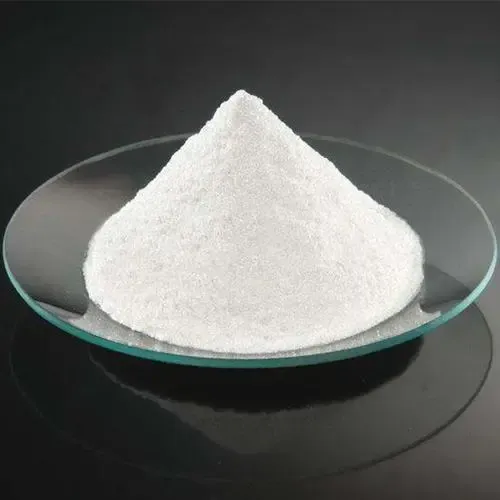
Nov . 08, 2024 14:04 Back to list
The Role of Titanium Dioxide in Enhancing Plastic Manufacturing Processes
The Role of Titanium Dioxide in Plastic Manufacturing
Titanium dioxide (TiO2) is a widely utilized pigment in various industries, most notably in plastics manufacturing. Its unique properties, including high refractive index, excellent coverage, and remarkable durability, make it an essential component in the production of plastics used in countless applications. This article explores the importance of titanium dioxide in plastic factories, examining its benefits, applications, and environmental considerations.
Properties and Benefits of Titanium Dioxide
One of the primary reasons for using titanium dioxide in plastic manufacturing is its exceptional whiteness and opacity. TiO2 is renowned for its ability to scatter light, which provides excellent brightness and color stability. This property allows manufacturers to create vibrant, aesthetically pleasing products. Moreover, its high refractive index enhances the color depth and brightness of the plastics, making it a preferred choice for injections and blow-molded parts.
Another noteworthy advantage of titanium dioxide is its resistance to UV light. Plastics infused with TiO2 are less susceptible to color degradation and yellowing when exposed to sunlight, which extends the product's lifespan and maintains its visual appeal. As a result, many outdoor applications, such as garden furniture and automotive parts, prominently feature TiO2.
In terms of durability, titanium dioxide exhibits resistance to heat and chemical wear, making it suitable for a variety of environments. Plastics can maintain their strength and integrity when exposed to harsh conditions, ensuring reliability and safety in end-use applications. This durability is particularly important in industries such as automotive and construction, where performance is critical.
Applications of Titanium Dioxide in Plastics
Titanium dioxide is utilized in a wide array of plastic products across different sectors. In the packaging industry, it serves as a critical component in creating opaque and barrier-resistant materials. This application not only enhances the appearance of packaging but also protects products from degradation caused by light exposure.
titanium dioxide used in plastic factories

In the automotive sector, TiO2 is commonly used in components like bumpers, dashboards, and interior trims. Its UV resistance helps in maintaining color stability and prevents premature degradation, ensuring that automotive parts remain visually appealing and functional over time.
Additionally, in the consumer goods market, titanium dioxide is often found in plastic toys, household items, and electronics casings. The consistent quality and aesthetic appeal provided by TiO2 enhance the overall consumer experience, driving demand for products that incorporate this pigment.
Environmental Considerations
While titanium dioxide plays a valuable role in enhancing plastic products, it is essential to address environmental concerns associated with its use. The production of TiO2 can involve processes that generate hazardous waste and require significant energy consumption. As the world shifts toward sustainability, many manufacturers are exploring alternative sources and greener production methods to minimize the ecological footprint of titanium dioxide.
Moreover, the recycling of plastics containing titanium dioxide poses challenges. The presence of TiO2 can affect the recyclability of certain plastics, leading to complications in the recycling process. It is thus imperative for the industry to focus on developing better recycling technologies and systems that can handle the complexities introduced by TiO2-filled plastics.
Conclusion
Titanium dioxide remains an integral player in the plastic manufacturing landscape, contributing to the quality, durability, and aesthetic value of numerous products. As demand continues to grow for high-performance plastics in a variety of sectors, the benefits of titanium dioxide cannot be overlooked. However, with the increasing emphasis on sustainability and environmental responsibility, it is crucial for plastic manufacturers to innovate and adopt practices that reduce the ecological impact of both TiO2 production and its incorporation into plastic products. Balancing performance with sustainability will be key to the future of titanium dioxide in the plastic industry.
-
Premium 6618 Titanium Dioxide for GPT-4 Turbo Applications
NewsJul.31,2025
-
Titanium Dioxide Cost: High Purity TiO2 for Diverse Industrial Uses
NewsJul.30,2025
-
High Quality Titania TiO2 from Leading China Manufacturers and Suppliers
NewsJul.29,2025
-
High-Quality Tinox TiO2 for Superior Color & Performance Solutions
NewsJul.29,2025
-
High Quality Titania TiO2 from Leading China Supplier & Manufacturer
NewsJul.29,2025
-
High-Performance r6618 TiO2 for Superior Whitening and Versatility
NewsJul.28,2025
